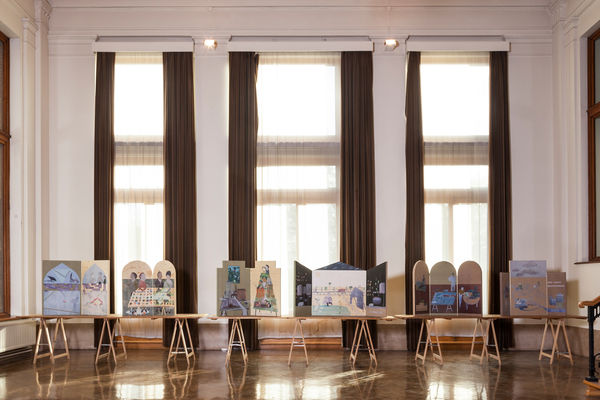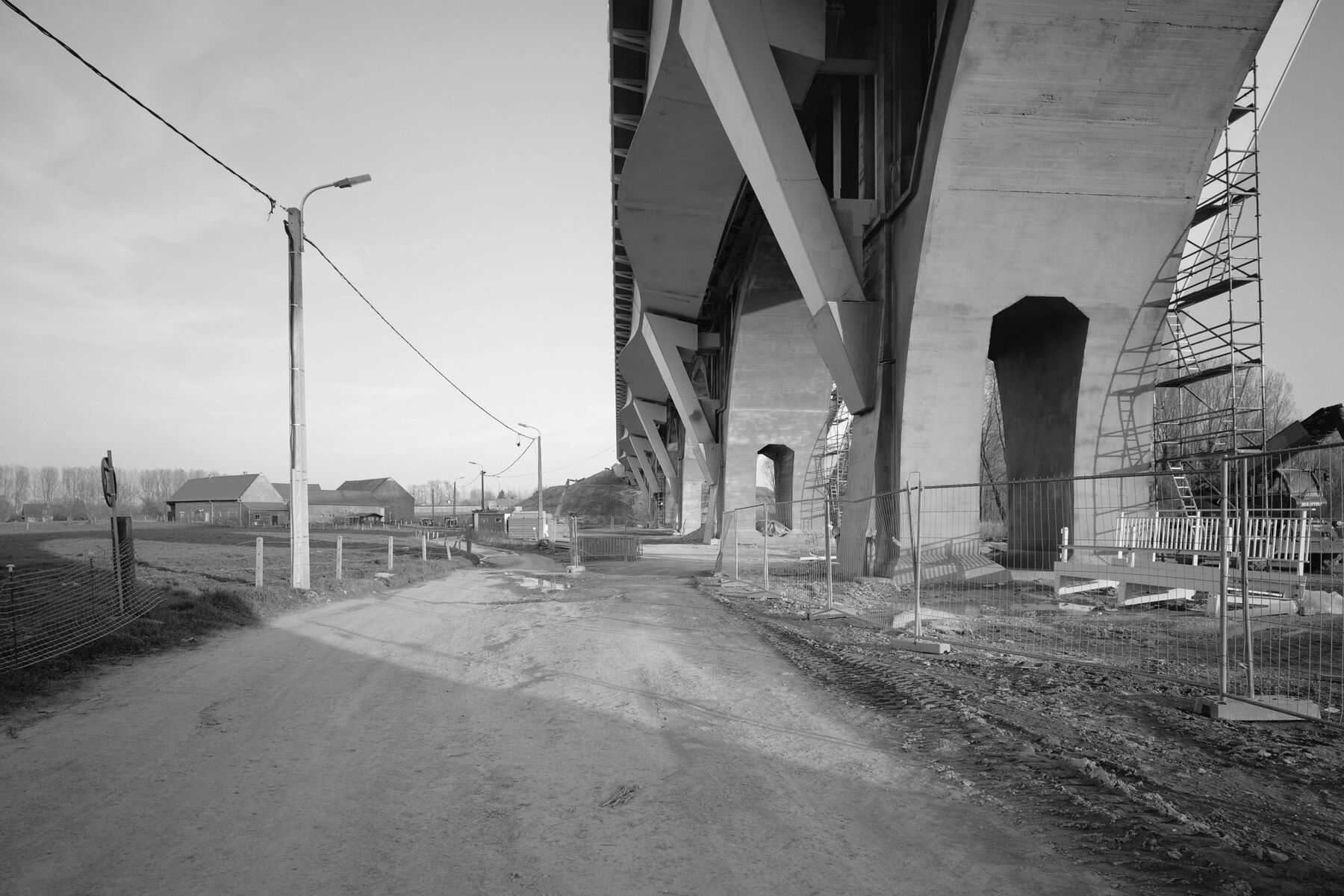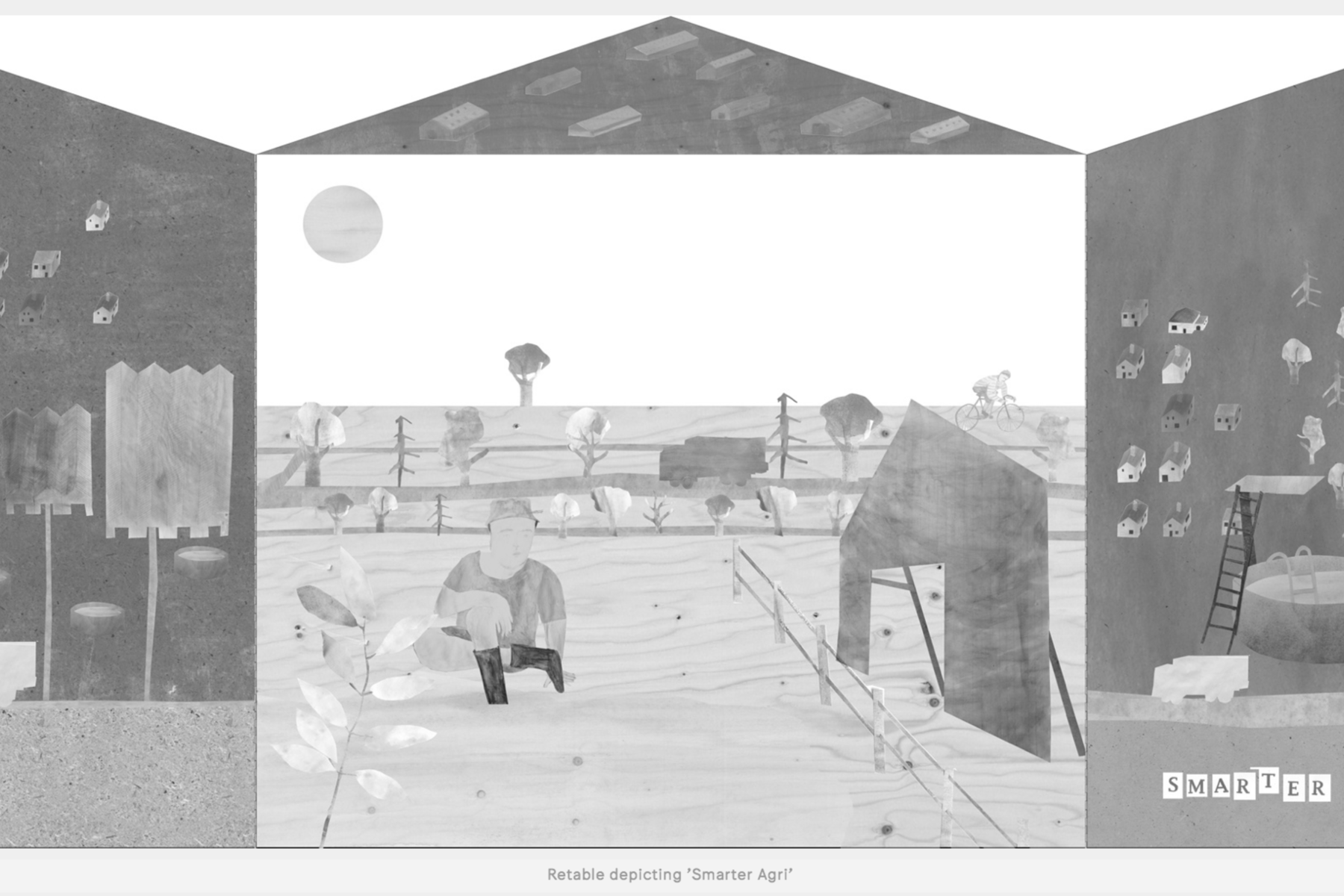The Flemish Land Agency (VLM) has been working on open space for decades. On the occasion of its 25th anniversary, the VLM, in cooperation with Architecture Workroom Brussels and Bovenbouw Architectuur, carried out a future exploration for open space in Flanders. We have bundled the result of that exploration in the publication The Open Space Offensive (2013). In this publication, we outline six possible future open space projects.
Flanders is characterized by a difficult relationship between urbanization and open space. The strict distinction between city and countryside does not apply here. In fact, both are strongly intertwined. As a result, we can no longer develop them separately. We must strive for a new balance between urbanization and open space. In our opinion, the solution does not lie in purely defensive protection of open space against advancing urbanization. We reverse the logic: how can open space - as a place for food production, energy production, leisure and nature - optimally contribute to urban development?
The exploration process and the publication formed the basis for the creation of the Open Space Platform. In addition to VLM and Architecture Workroom, the Environmental Department, the Association of Flemish Provinces and the Association of Flemish Cities and Municipalities also joined the initiative. A broad coalition of partners has emerged who bundle their specific expertise around a common interest: open space.
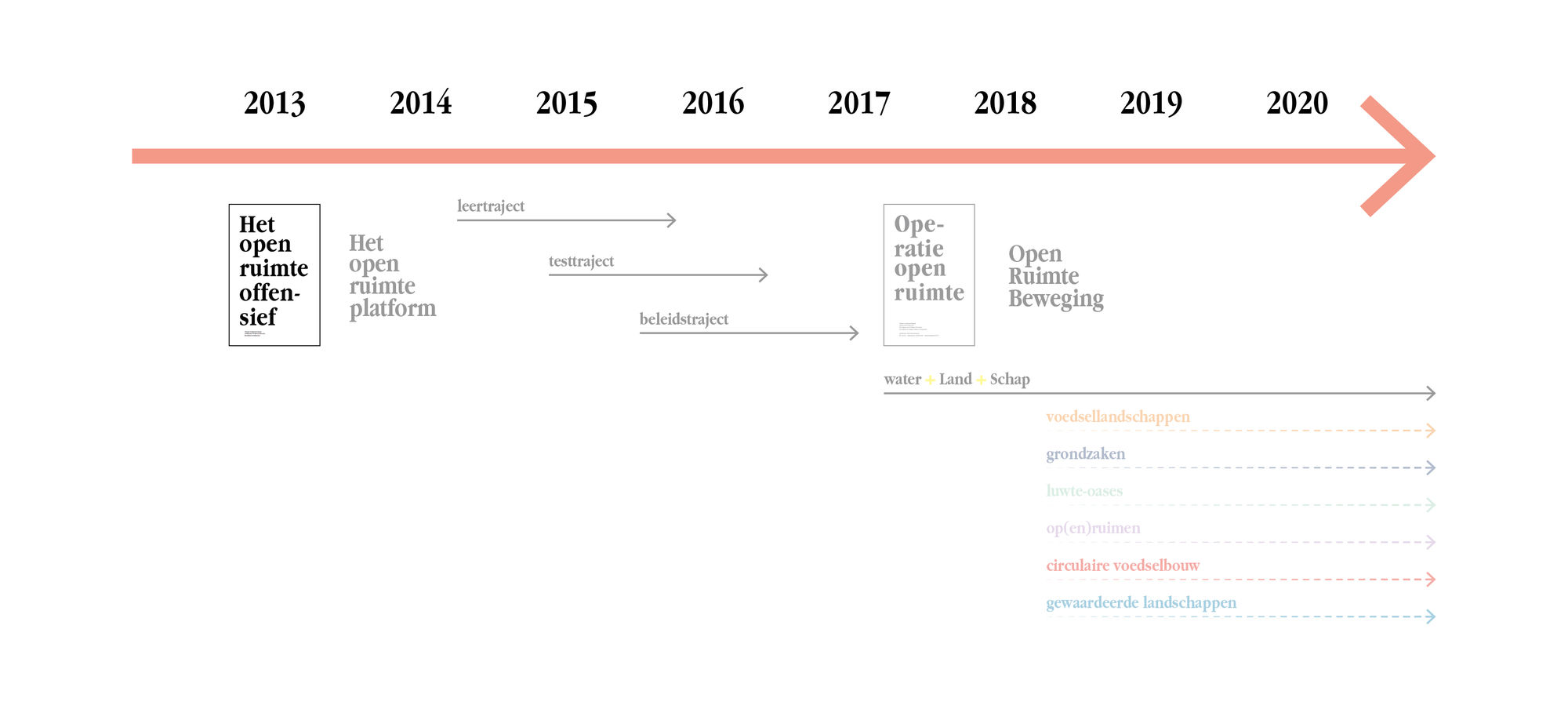
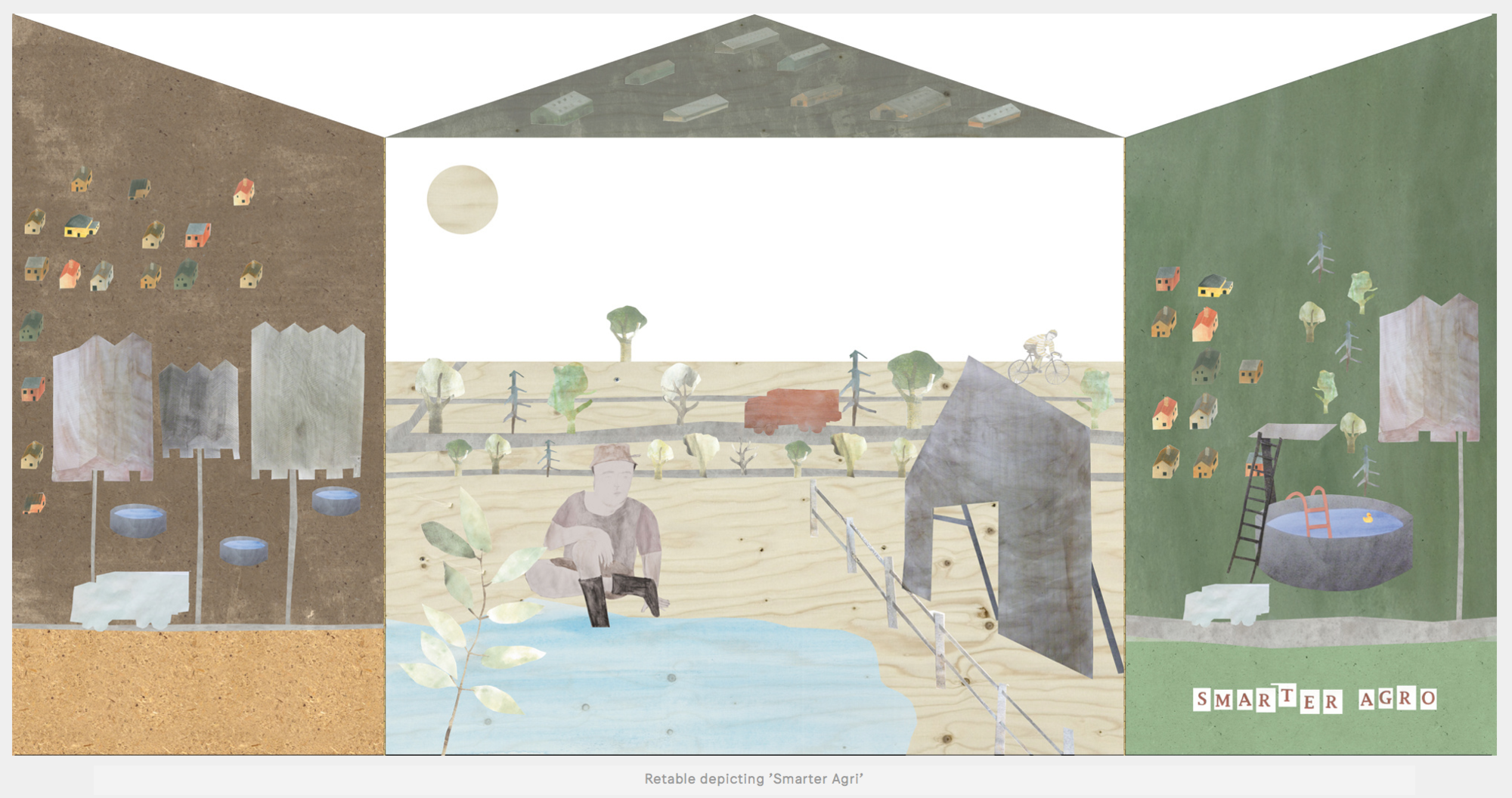
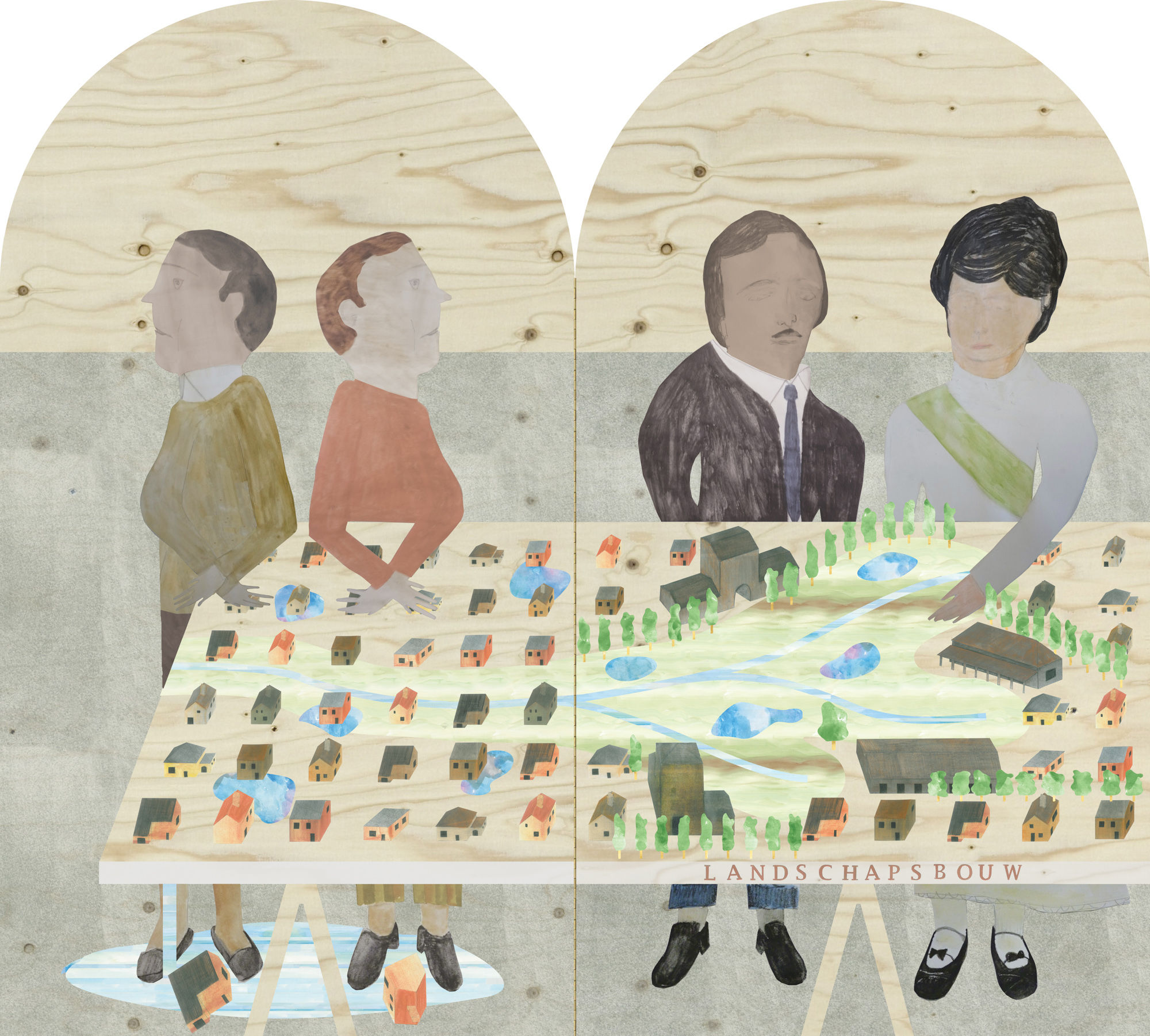
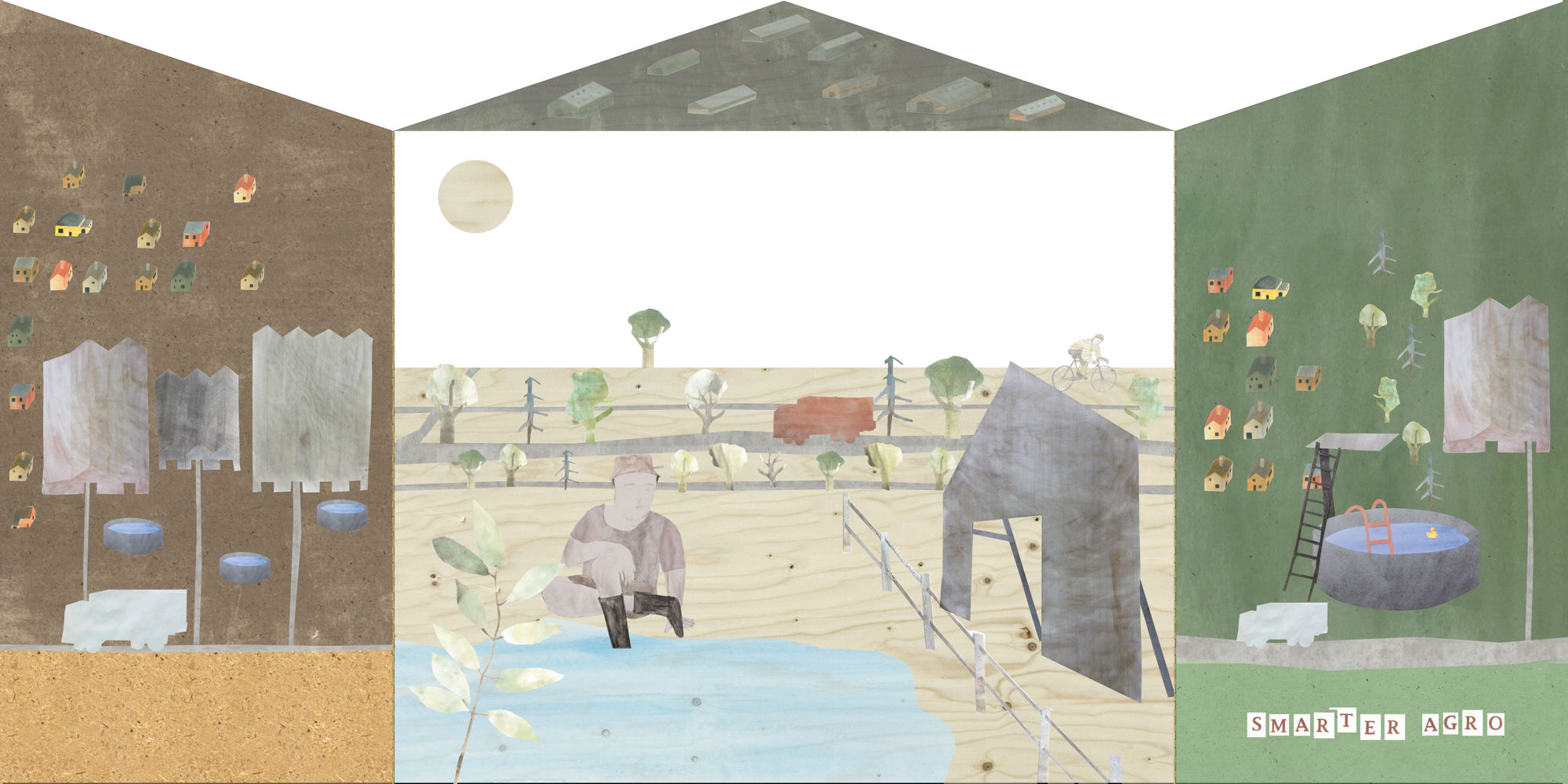
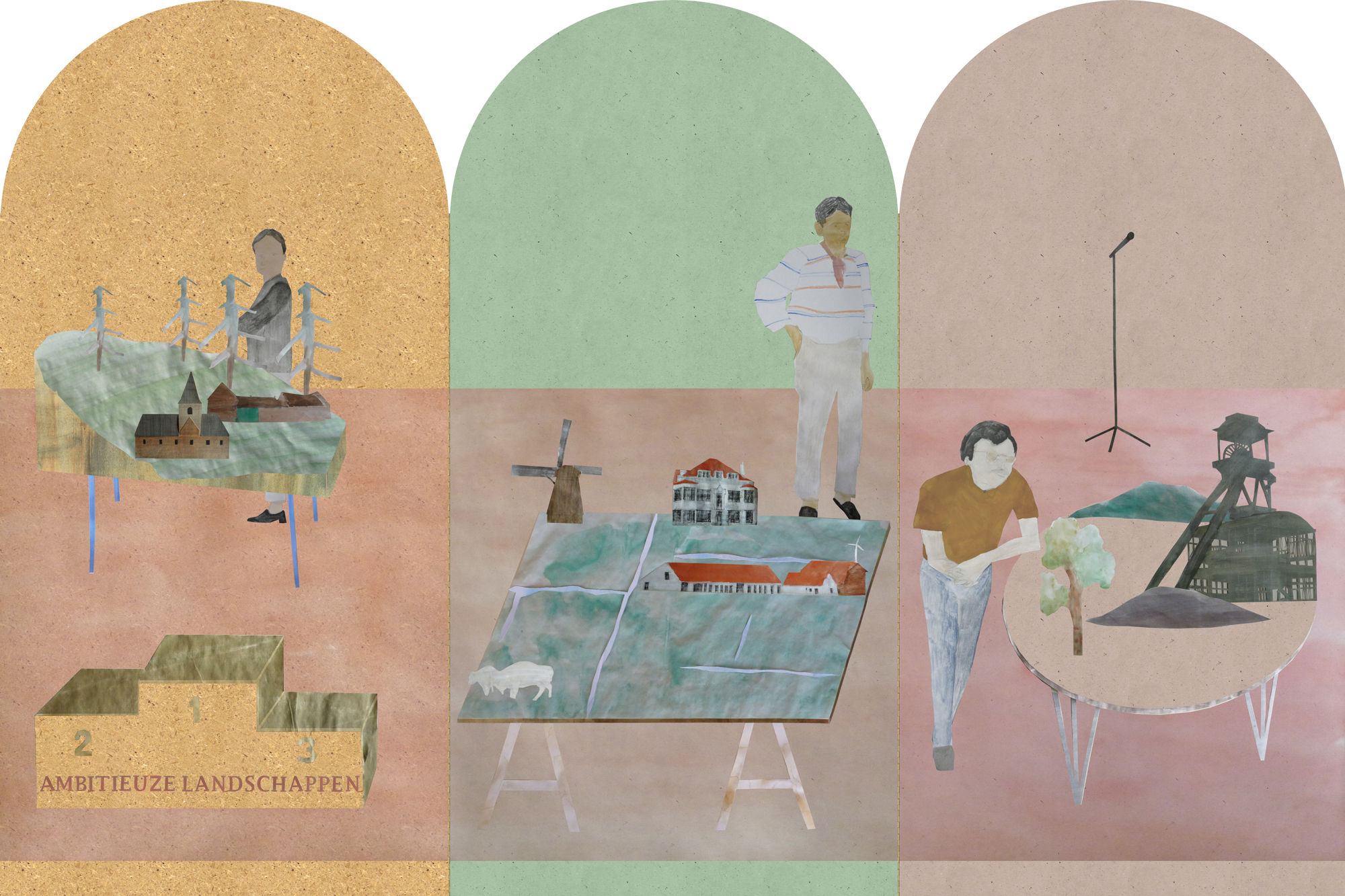
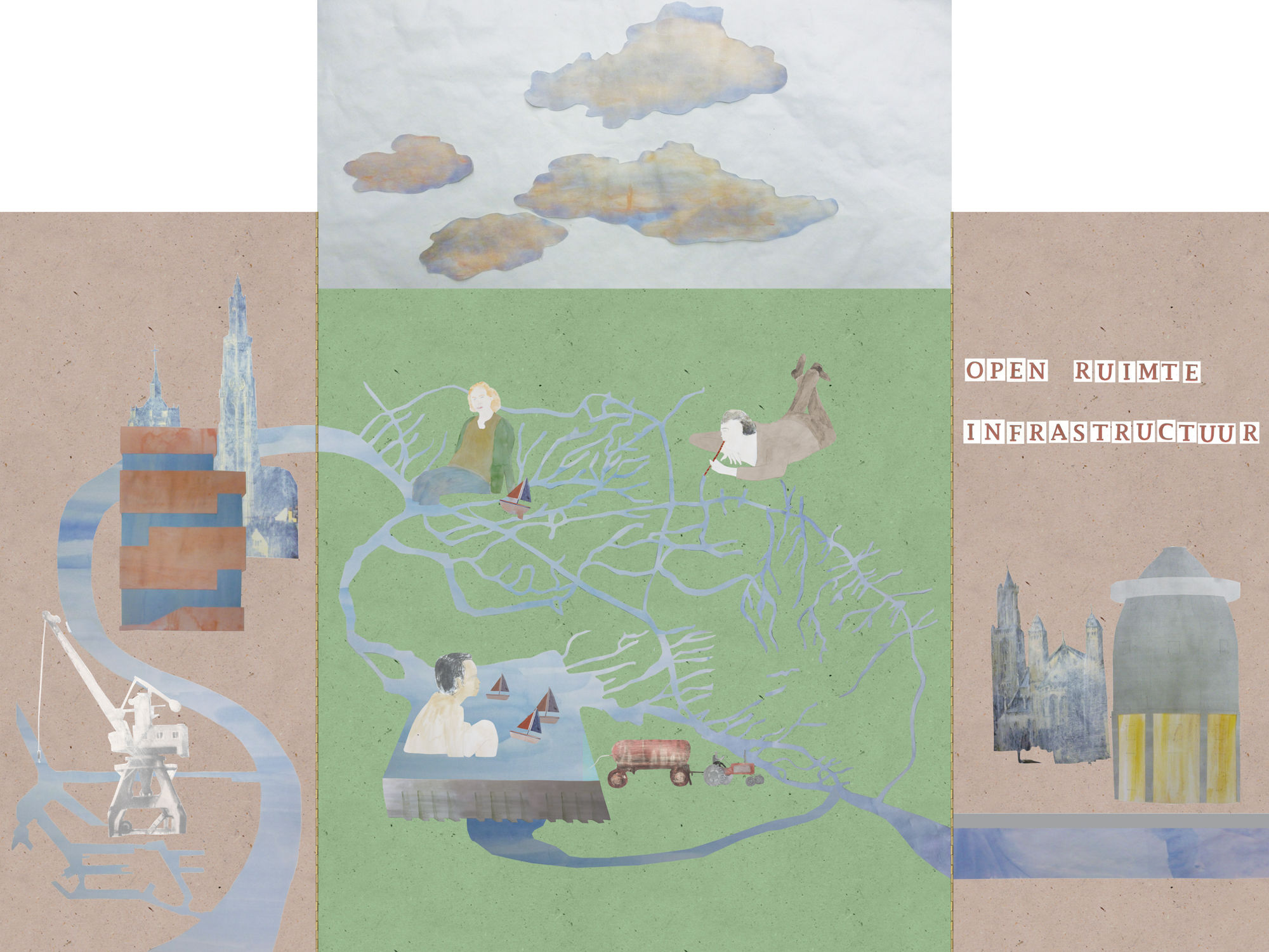
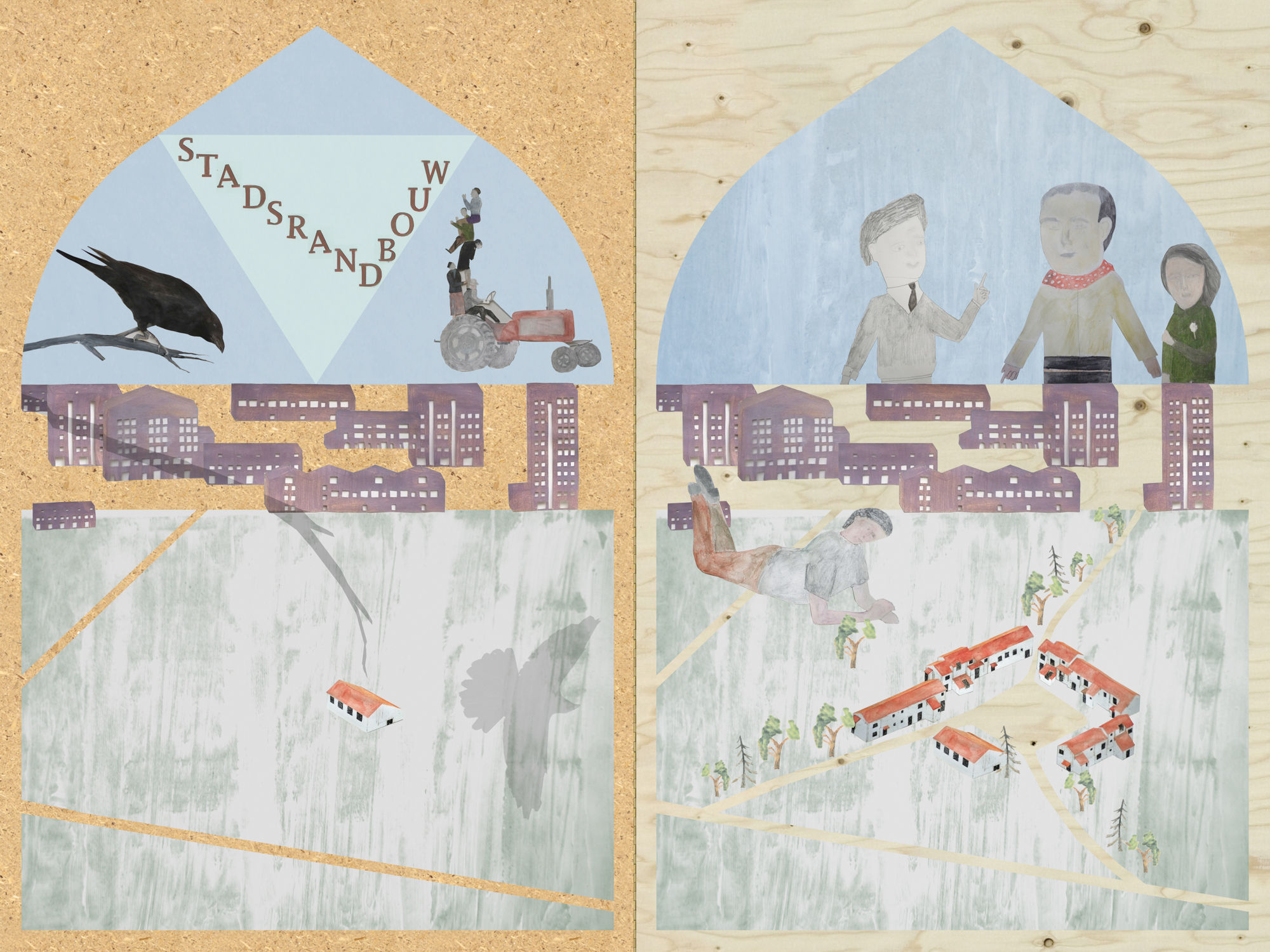
Due to increasing urbanisation relationships between cities and the open space are changing. Flanders represents the ultimate example in which there is a high degree of interdependence between the open space and urban areas. This means the two can no longer be developed separately, one without the other: we must strive for a balanced relationship between the city and the countryside.
The solution does not lie in providing purely defensive protection for the open space in relation to urbanisation. The question that arises is how the open space could optimally contribute to urban development as a place for food production, energy generation, recreation and nature.
Since 1988 the VLM has focused on looking after the open space. Today, the open space in Flanders is facing increasing pressure from encroaching urbanisation: there is no longer a clear-cut division between the city and the countryside in many places in Flanders. The diverse sectors that have an impact on the scarce Flemish space will have to work together more effectively and look for synergies.
In association with Bovenbouw Architectuur and Architecture Workroom, the VLM developed six hypothetical future projects for the open space in Flanders:
1. Urban outskirts development
Significant population growth increases the demand for homes, which places the scarce open space in Flanders under even more pressure. If we want to retain a maximum of this open space, we need to develop qualitative ways of living in the same space with more people. The ideal of the detached house in a green space will have to make room for forms of housing that enhance the functions and experience of the open space: food production, recreation or energy generation.
Empty farms are often sold as homes, and the farming activity is lost. However, living on a farm doesn't necessarily mean the agricultural activity has to disappear. If a group of people move into an empty farm, this could offer a qualitative and sustainable solution. Due to the fact that the foundation of these types of housing associations requires the formation of a coalition that transcends the sectoral approach, a City Outskirts Development Team is set up. The team supports farmers and residents and issues a city outskirts development permit as a total package. This means the farm becomes the epicentre of a multifunctional park landscape – a food producing, recreational garden for the urbanite.
2. Food landscape
Agricultural areas around cities are under pressure from recreational activities and encroaching urbanisation. Moreover, the urbanite rarely eats the food grown around the city. Therefore, the VLM aims to stimulate local food production and consumption by developing a distribution system and a network of urban markets. Farmers near the city are encouraged accordingly and are provided with legal certainty in a specific building for short chain agriculture. The food landscape is thus created: a zone specifically intended and organised for the production, processing and distribution of food for and to the city. This link between the consumer and producer reinforces the relationship between the city and its food landscape.
3. Landscape development
Housing, parcels and strips are spread across the natural landscape in Flanders. This means they have made a significant contribution to the loss of the landscape's structure and regularly suffer flooding on flood plain areas. Therefore, the Government of Flanders is launching the Landscape development action programme: instead of continuing to parcel out residential areas and housing expansion areas, the focus would be on targeted, collective residential developments around the natural landscape. By restructuring the built-up fabric the landscape is restored and used as a new, natural and public park for the environment.
4. Smarter Agro
Many farms have evolved from being very local food producers to become small and major players in a global food economy. They experienced a significant increase in scale, usually in and around the original farm and land. During the same period, the construction of strips and parcels increased dramatically. This is why today, farms are often found close to or even in between houses and residential districts. The intensive traffic to farms represents an additional burden on rural roads, which means the road infrastructure wears out faster. Moreover, cyclists and pedestrians have to share the road with heavy traffic. Social support for large-scale farming activities is decreasing as a result.
An even greater challenge for the farming businesses concerns the growing shortage of water and the improvement of water quality. A number of businesses are opting to take the step forward and are linking their own ambitions and plans to the expansion of a new and qualitative landscape, with collective water buffering, new landscape elements, an integral mobility plan and new energy cycles. This contemporary landscape in which people stay and spend time, forms the link between businesses and the residential districts.
5. Ambitious landscapes
In order to enable natural areas and heritage landscapes to expand to become the lungs of Flanders, the annual call for Ambitious Landscapes has been launched. Nature associations, local authorities and other actors submit a plan for developing a specific landscape. Every year at least one landscape is selected and receives support for its development.
6. Open space infrastructure
The cities in the Eurodelta emerged and grew around the intricate, navigable network of rivers. Due to climate change and peaks of drought, sometimes there is hardly any water flowing in this network. The future of the water-connected economy and farming, and thus of the region as a whole, is at stake. For a ten-year period a small team with different government budgets, local and regional projects and investments, will focus on developing a resilient and effective blue infrastructure. Dozens of specific projects will result in the open space becoming the infrastructure around which the region's future is built.
After the publication of The Open Space on the Offensive a three-year project began, the Open Space Platform, which resulted in the publication Operation Open Space.
